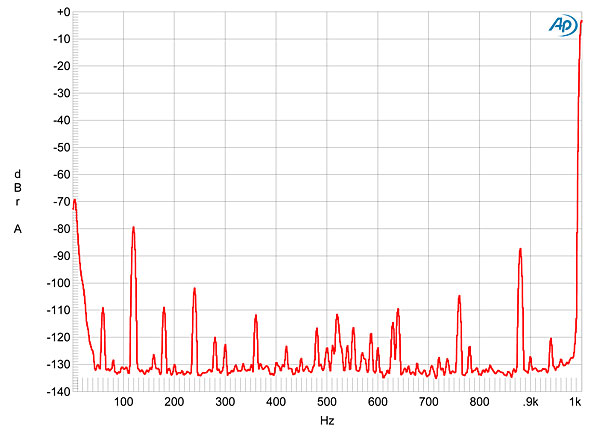| Columns Retired Columns & Blogs |
I've just received my Thöress 300B monos, set up by Reinhard to work with Elrog 300B output tubes. Feeding my Tune Audio Anima horn speakers (109dB/W@1m), I have to say I have the most satisfying sound I've ever managed to achieve in this hobby. I concur with Art's description of the sound, though the Elrog tubes are substantially better than the regular Full Music tubes.
Reinhard took a frequency response measurement of the amps before shipping them out to me. The measurement was taken on the PRIMARY side of the OPT, with a 5 Ohm wire wound resistor as dummy load across the secondary. (He believes this is the best way to take the measurement as the OPT secondaries do not carry a ground potential.)
The amps measure -3dB at 7.5Hz and 150kHz. Also, there is virtually no OPT resonance above 150kHz. Pretty good for a SE amp with zero feedback! And as I said, they sound utterly fantastic.
Mani.














































